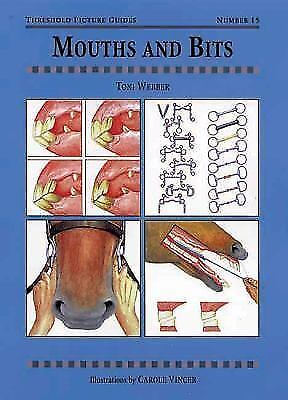Recurrent Neural Networks (RNNs) have been widely used in various fields such as natural language processing, speech recognition, and time series analysis. One of the key challenges with traditional RNNs is their inability to capture long-term dependencies in sequential data. Long Short-Term Memory (LSTM) networks were introduced to address this issue by incorporating a memory cell that can store information over long periods of time.
In this article, we will compare LSTM with other types of RNNs and analyze their performance and applications in different tasks.
1. Performance:
LSTM networks have shown superior performance in tasks that require capturing long-term dependencies, such as language modeling, machine translation, and speech recognition. This is achieved through the use of gates that control the flow of information in the memory cell, allowing the network to retain important information and discard irrelevant information.
On the other hand, traditional RNNs suffer from the vanishing gradient problem, where gradients become very small during backpropagation, leading to difficulties in training the network effectively. This limits their ability to capture long-term dependencies in sequential data.
2. Applications:
LSTM networks have been successfully applied in a wide range of applications, including sentiment analysis, time series forecasting, and image captioning. Their ability to capture long-term dependencies makes them well-suited for tasks that involve processing sequential data with complex patterns.
Other types of RNNs, such as Gated Recurrent Units (GRUs) and Simple Recurrent Units (SRUs), have also been proposed as alternatives to LSTM networks. GRUs have been shown to achieve comparable performance to LSTMs in some tasks, while being computationally more efficient. SRUs, on the other hand, simplify the structure of traditional RNNs by removing the hidden state, making them easier to train.
In conclusion, LSTM networks have emerged as a powerful tool for capturing long-term dependencies in sequential data, making them well-suited for a wide range of applications. While other types of RNNs have their own advantages and drawbacks, LSTM networks remain the go-to choice for tasks that require modeling complex patterns over long sequences.
#LSTM #RNNs #Comparative #Analysis #Performance #Applications,lstm












